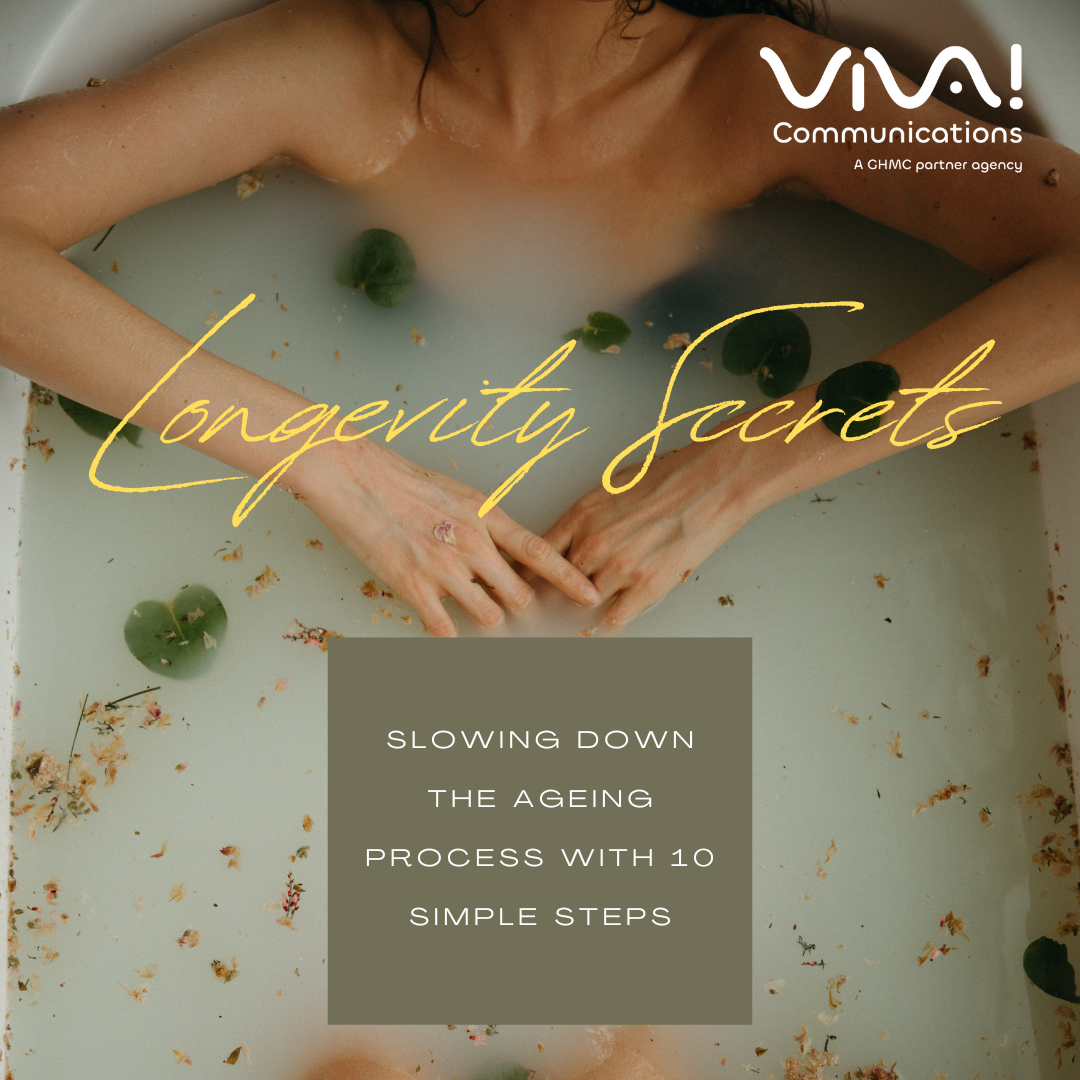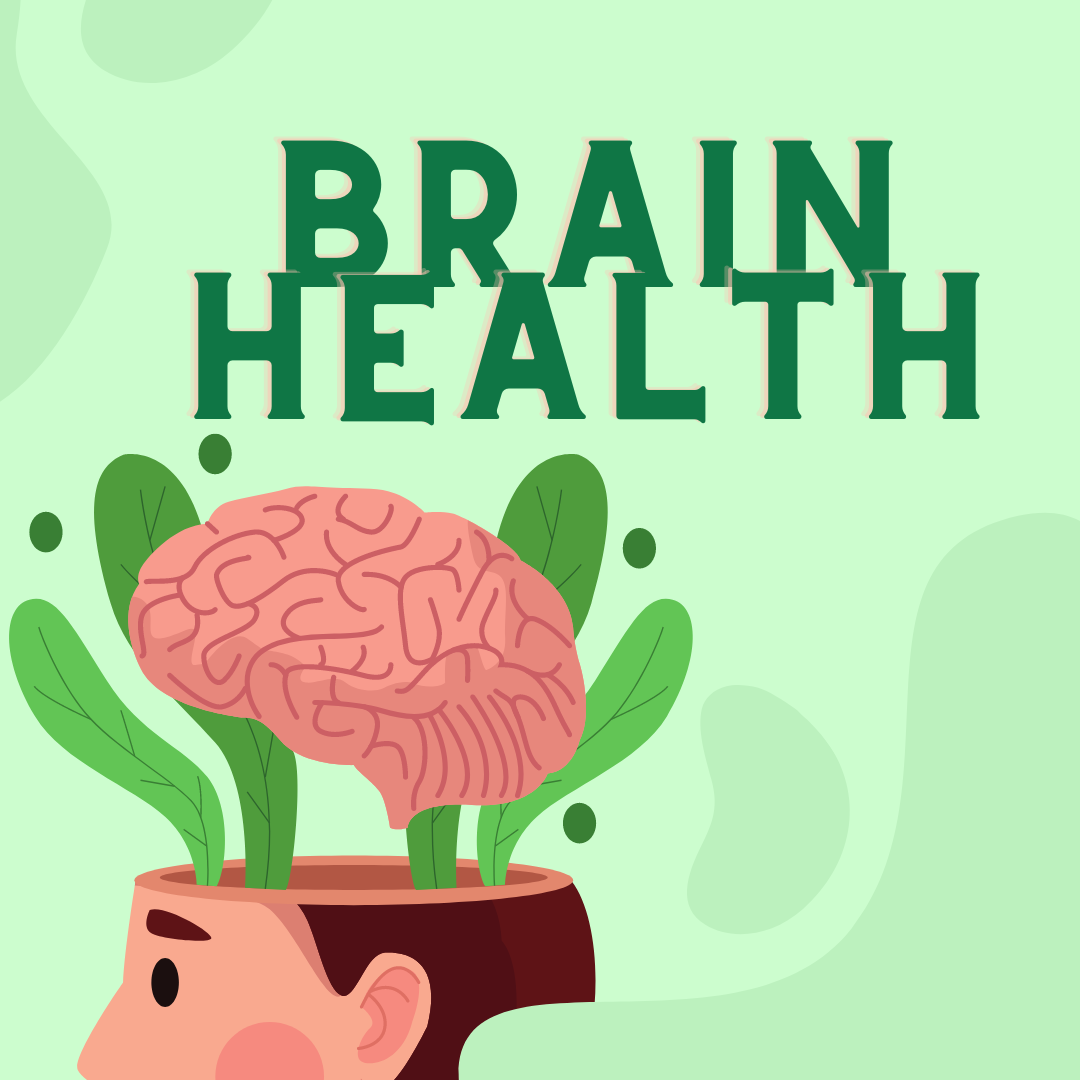
Mounting concerns for safety of the artificial sweetener, aspartame, found in Diet Coke following its classification as a 2B carcinogen
Taking a ‘Diet Coke break’ has gained much popularity of late among the Gen Z and Millennial workers, with numerous TikTok videos tagged ‘Diet Coke break’ showcasing full-time workers glamourising an afternoon respite from corporate life while enjoying a Diet Coke.
However, the classification of Aspartame (a component found in Diet Coke) by the World Health Organization (WHO) body, the International Agency for Research on Cancer (IARC[KB1] ), has raised serious concerns about this online trend.
IARC is dedicated to evaluating evidence regarding the causes of cancer. It estimates cancer risk to be one of four categories:
1 – causes cancer;
2A – probably causes cancer;
2B – possibly causes cancer; &
3 – no evidence available on cancer risk.
This year the IARC reclassified Aspartame as a class 2B carcinogen.
While potentially alarming, it is important to note that class 2B means there is a vague and unproven risk that something may cause cancer. Technically, it it represents the lowest possible risk category for cancer-causing substances that IARC produces, considering class 3 carcinogens technically means cancer risk cannot be assessed due to lack of evidence.
While we do not know the specific reason for IARC’s choosing to reclassify aspartame as a possible cancer risk, we do know however, the decision has stemmed from a review of the available scientific literature.
Since the 1980s, there have been numerous studies involving aspartame, including a few, large epidemiological papers involving hundreds of thousands of people. While occasionally there has been a indication of an increased risk of certain cancers amongst those who consume large volumes of aspartame, this conclusion cannot be made when considering all studies performed, collectively.
Given the available evidence, it is not surprising that aspartame is classified as 2B due to the limitations of available evidence, especially given studies are yet to discover the mechanistic evidence for how carcinogenicity may occur.
To put the new classification into perspective, other things on the class 2B list include caffeic acid found in coffee, aloe vera, traditional Asian-picked vegetables, and coconut oil products. In fact, red meat sits a class above aspartame – considered a class 2A carcinogen. Yet, despite this, no class 2B and 2A products seem to be attracting quite as much attention as Diet Coke, presumably because we love to hate things that appear to be artificial.
Aspartame is not just found in diet sodas. It has been used widely in a variety of products since the 1980s, including chewing gum, gelatin, ice cream, dairy products, such as yogurt, breakfast cereal, toothpaste, and medicines, including cough drops and vitamin gummies.
So, what does this new classification mean for the broader community? According to Director of the WHO Department of Nutrition and Food Safety,
Dr Francesco Branca, Geneva, “the assessment of aspartame has indicated that, while safety is not a major concern at the doses which are commonly used, potential effects have been described that need to be investigated by more, and better studies.”
Importantly, there’s no need to start panicking over having to lower your aspartame intake. Currently, the acceptable daily intake of aspartame remains the same – 0-40mg/kg. And considering a can of diet soda contains between 200-300 mg of aspartame, an odd, afternoon Diet Coke should not prove too concerning.



